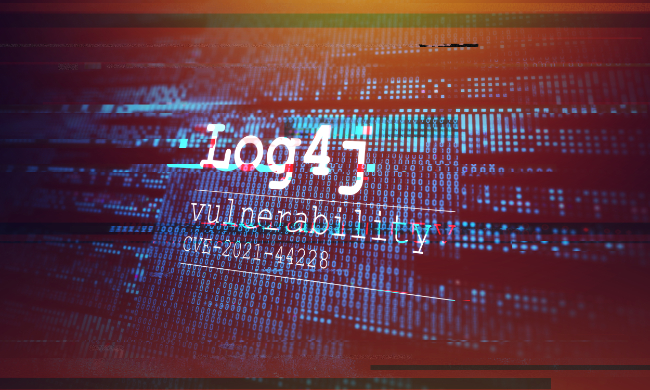
New Report Says Vulnerability Exploitation Boom Threatens Cybersecurity
Verizon Business recently released the findings of its 17th-annual Data Breach Investigations Report (DBIR), which analyzed a record-high 30,458 security incidents and 10,626 confirmed breaches in 2023—a two-fold increase over 2022.
The exploitation of vulnerabilities as an initial point of entry almost tripled from the previous year, accounting for 14% of all breaches. This spike was driven primarily by the increasing frequency of attacks targeting vulnerabilities on unpatched systems and devices (zero-day vulnerabilities) by ransomware actors. The MOVEit software breach was one of the largest drivers of these cyberattacks, first in the education sector and later spreading to finance and insurance industries.
“The exploitation of zero-day vulnerabilities by ransomware actors remains a persistent threat to safeguarding enterprises,” said Chris Novak, Sr. Director of Cybersecurity Consulting, Verizon Business.
In a possible relief to some anxieties, the rise of artificial intelligence (AI) was less of a culprit vs challenges in large-scale vulnerability management. “While the adoption of artificial intelligence to gain access to valuable corporate assets is a concern on the horizon, a failure to patch basic vulnerabilities has threat actors not needing to advance their approach,” Novak said.
Analysis of the Cybersecurity Infrastructure and Security Agency (CISA) Known Exploited Vulnerabilities (KEV) catalog revealed that on average it takes organizations 55 days to remediate 50% of critical vulnerabilities following the availability of patches. Meanwhile, the median time for detecting the mass exploitations of the CISA KEV on the internet is five days.
“This year’s DBIR findings reflect the evolving landscape that today’s CISO’s must navigate-- balancing the need to address vulnerabilities quicker than ever before while investing in the continued employee education as it relates to ransomware and cybersecurity hygiene,” said Craig Robinson, Research Vice President, Security Services at IDC. “The breadth and depth of the incidents examined in this report provides a window into how breaches are occurring, and despite the low-level of complexity are still proving to be incredibly costly for enterprises.”
Last year, 15% of breaches involved a third party, including data custodians, third-party software vulnerabilities, and other direct or indirect supply chain issues. This metric—new for the 2024 DBIR— shows a 68% increase from the previous period described in the 2023 DBIR.
The human element continues to be the front door for cybercriminals
Most breaches (68%), whether they include a third party or not, involve a non-malicious human element, which refers to a person making an error or falling prey to a social engineering attack. This percentage is about the same as last year. One potential countervailing force is the improvement of reporting practices: 20% of users identified and reported phishing in simulation engagements, and 11% of users who clicked the email also reported it.
“The persistence of the human element in breaches shows that there is still plenty of room for improvement with regard to cybersecurity training, but the increase in self-reporting indicates a culture change that destigmatizes human error and may serve to shine a light on the importance of cybersecurity awareness among the general workforce,” Novak added.
Other key findings from this year’s report include:
- 32% of all breaches involved some type of extortion technique, including ransomware
- Over the past two years, roughly a quarter (between 24% and 25%) of financially motivated incidents involved pretexting
- Over the past 10 years, the Use of stolen credentials has appeared in almost one-third (31%) of all breaches
- Half of the reaches in EMEA are internal
- Espionage attacks continue to dominate in APAC region
View the 2024 Data Breach Investigation Report (DBIR) here.